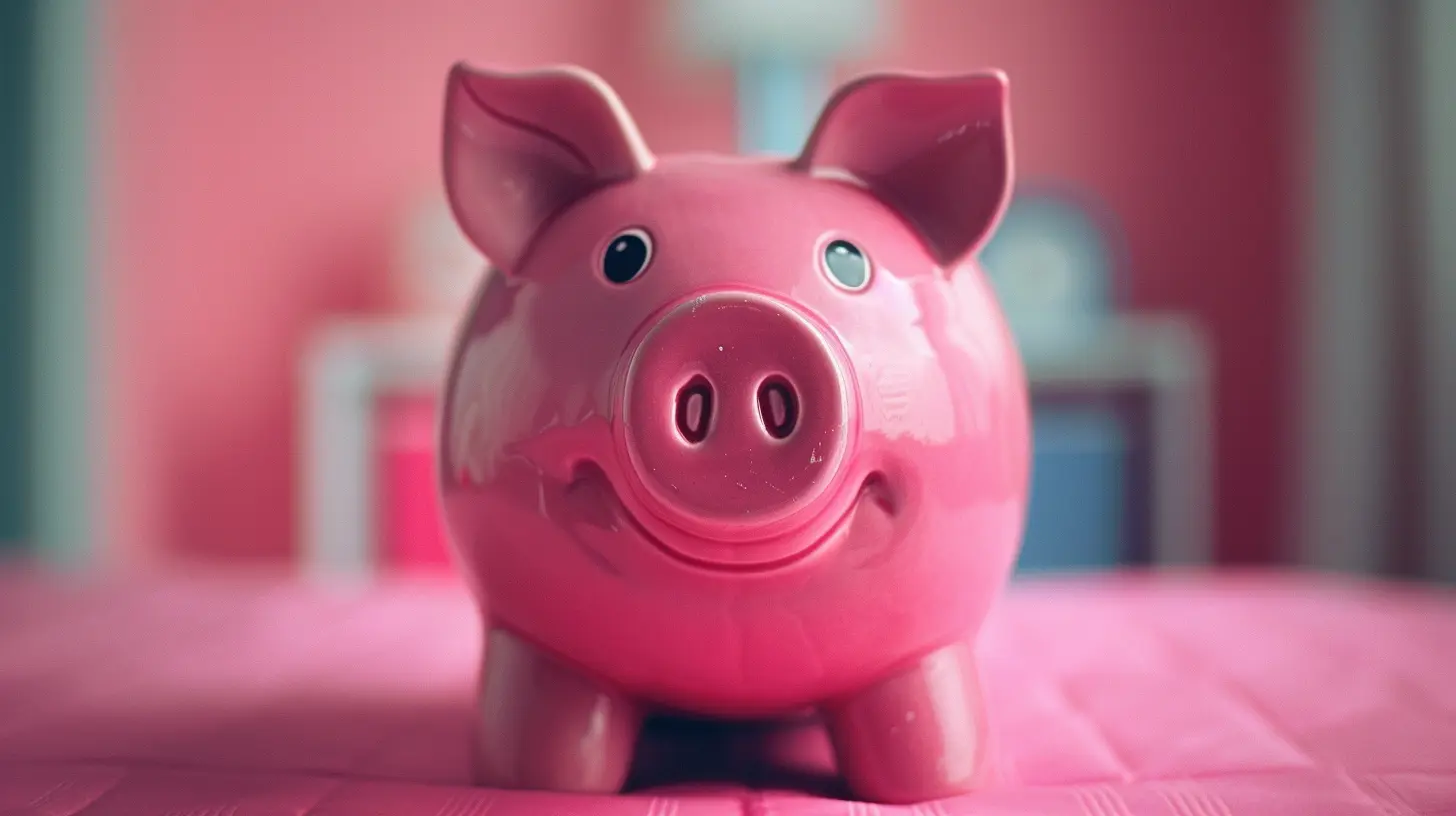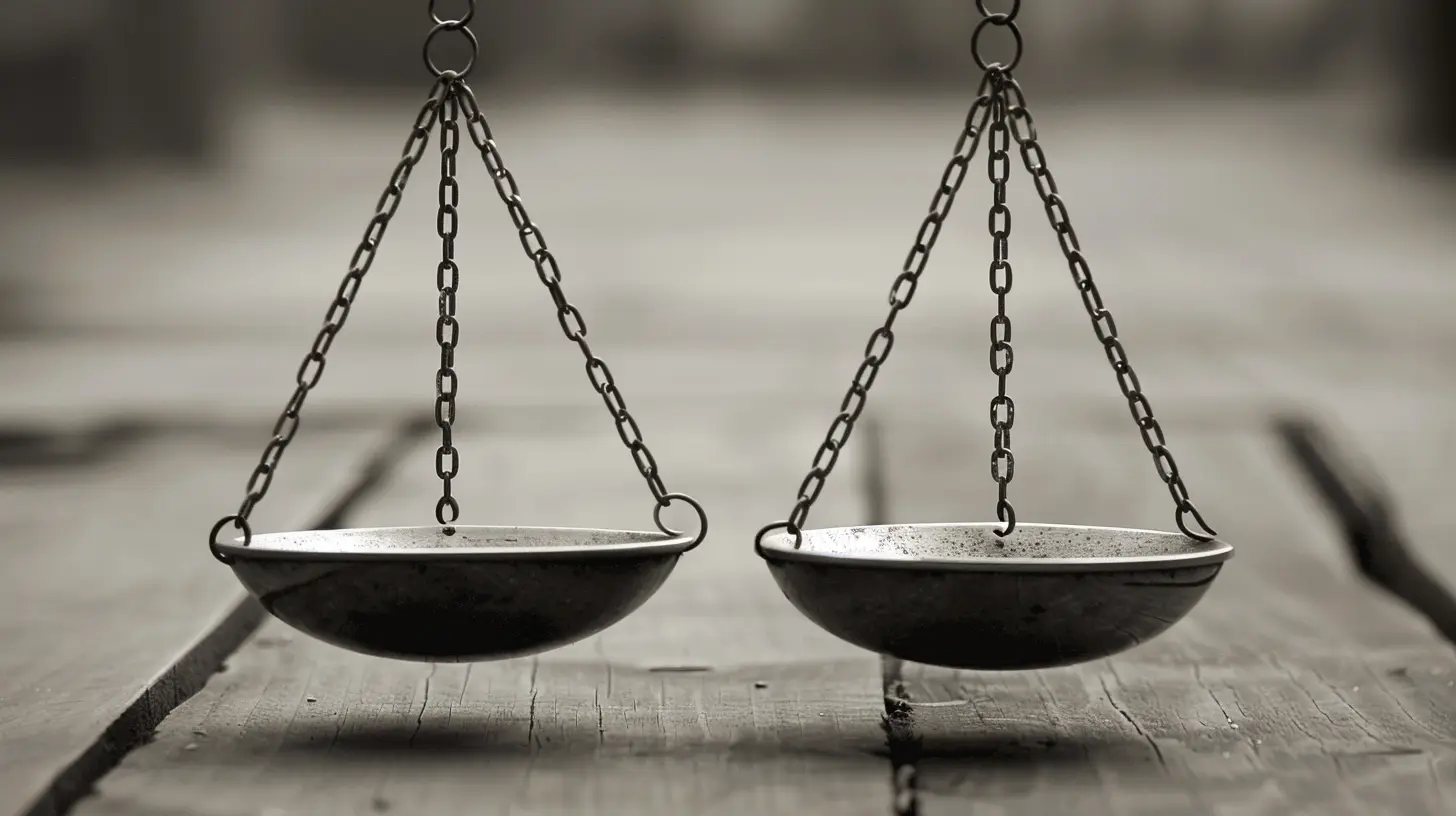How Interest Rate Hikes Affect Your Savings Account Balance
6 July 2025
Saving money is a good habit. But have you ever noticed how even your savings account seems to be riding a financial rollercoaster sometimes? One month you're getting peanuts in interest, and then suddenly, boom — your bank is offering higher rates. What gives?
The answer? Interest rate hikes.
In this article, we'll break down how those mysterious changes in interest rates directly affect your savings account balance. We’ll cover the basics, avoid the jargon, and make sure you walk away understanding how this all ties back to your money.
What’s an Interest Rate Hike, Anyway?
Let’s start with the basics. An interest rate hike is when central banks (like the Federal Reserve in the U.S.) increase the benchmark interest rate. Think of it as the "price" of borrowing money. When that price goes up, borrowing gets more expensive… and saving can sometimes become more rewarding.The central bank doesn’t randomly decide these hikes; they usually raise rates to control inflation or to slow down an overheated economy. So, when inflation is high — think rising grocery bills and gas prices — interest rate hikes tend to follow.
So, What’s the Connection Between Interest Rates and Your Savings Account?
Savings accounts earn interest — basically, the bank pays you for letting them hold onto your money. When overall interest rates go up, banks usually increase the interest they pay on savings accounts. Why? Because they want to attract more deposits from customers like you and me.So, higher interest rates = potentially more money in your savings account. Sounds great, right? But wait, there’s more to it.
Show Me the Money: How It Affects Your Balance
Let’s say you’ve got $10,000 parked in a standard savings account. If your bank is offering 0.5% APY (Annual Percentage Yield), you're earning around $50 a year.Now, if interest rates climb and your bank raises that to 3.5%, you're suddenly earning $350 a year. That’s a big jump, especially if you’re saving for something big like a home, a car, or your dream vacation.
And if you’re regularly adding money to your savings? Compounding interest starts to do some heavy lifting. Little by little, those dollars turn into more dollars.
But Don’t Celebrate Just Yet…
Before you get too excited, here’s the kicker: just because the central bank hikes rates doesn’t mean your savings account rate will skyrocket overnight.Banks are businesses. While they are quick to raise interest rates on loans and credit cards (because that means more profit), they’re often slow to raise rates on savings accounts. Some might not increase the rates much at all unless they're competing for customers.
So while your savings account might earn more, the boost may not be as big or as fast as you hoped.
Why Banks Might Drag Their Feet
Ever feel like your bank is stingy when it comes to interest? You’re not wrong.Here are a few reasons why banks might not hike your savings rate right away:
- They don't need your money: If a bank already has plenty of deposits, it won’t feel pressured to offer higher rates.
- They want to maintain profit margins: If they’re loaning out money at higher rates, they’d rather not increase what they pay on deposits unless they absolutely have to.
- They’re betting on loyalty: Banks bank on the fact (pun intended) that many customers won’t shop around. Most people stick with the same bank even if better rates are out there.
High-Yield Savings Accounts: Your New Best Friend
If you're sick of earning pocket change in interest, it may be time to look into a high-yield savings account (HYSA).These are online or digital savings accounts that typically offer significantly higher interest rates than traditional banks — especially when overall rates are rising. That’s because they have lower overhead costs and need to stay competitive to attract customers.
With a HYSA, you’re more likely to actually see the benefit from interest rate hikes.
Example: If your traditional bank offers 0.5% and an online bank offers 4.0%, you could be missing out on hundreds of dollars a year by staying loyal to your brick-and-mortar bank.
Is Inflation Eating Your Savings Anyway?
Now here’s the cold, hard truth: higher interest on your savings is great, but if inflation is rising faster than your earning rate? Your money is still losing value.Let’s say inflation is at 6% and your HYSA is giving you 3.5%. Sure, you’re earning more interest than before, but your real return — your buying power — is still going down. That’s a bummer, right?
That’s why some people choose to invest part of their money to beat inflation rather than just saving it all.
What Should You Do When Interest Rates Rise?
Alright, now that we’ve covered the basics, let’s get practical. What should YOU do if interest rates go up?1. Shop Around for Better Rates
Loyalty is cool, but your money deserves the best home. Compare different banks and credit unions. If you’re not earning at least 3–4% in a high-rate environment, it may be time to move your money.2. Don’t Keep Too Much in One Basket
Savings accounts are perfect for emergency funds and short-term goals. But if you’re saving for something 10 years down the line, consider mixing in some low-risk investments too. Diversifying can help you stay ahead of inflation.3. Watch Out for Fees
Some high-yield accounts come with fine print: minimum balances, monthly fees, or transaction limits. Always read the terms before jumping ship.4. Automate Your Savings
Higher interest rates are great, but they can only work their magic if you actually put money into your account. Set up automatic transfers to build your balance without thinking about it.How Much Difference Can This Actually Make?
Let’s do a quick reality check.| Balance | Interest Rate | Annual Interest Earned |
|---------|----------------|------------------------|
| $5,000 | 0.50% | $25 |
| $5,000 | 3.50% | $175 |
| $10,000 | 0.50% | $50 |
| $10,000 | 3.50% | $350 |
See what I mean? Same amount of effort, but way more money in your pocket. Interest rate hikes are like getting a raise… for your savings account.
The Good, The Bad, and The Smart
Here’s a little summary to wrap things up:✅ The Good:
- Higher savings rates mean you earn more from your money.- Compounding interest can snowball your balance faster.
- Online banks and credit unions often give better returns.
❌ The Bad:
- Banks may not raise your savings rate quickly (or at all).- Inflation can still erode your purchasing power.
- Some accounts come with restrictions or fees.
🧠 The Smart:
- Compare savings account offerings regularly.- Use high-yield savings for short-term or emergency goals.
- Consider investing for long-term growth.
Final Thoughts
Interest rate hikes might seem like big, scary headlines reserved for economists and financial news junkies, but they actually affect your wallet — especially your savings account.The key is staying informed and proactive. Don’t let your money sit idle earning next to nothing. A few small changes — like switching to a better savings account — can make a world of difference over time.
After all, your money should be working as hard as you do, right?
all images in this post were generated using AI tools
Category:
Savings AccountsAuthor:

Julia Phillips
Discussion
rate this article
1 comments
Veronica Wyatt
Interest rate hikes can significantly enhance your savings account balance by increasing the interest earned on deposits. However, it's crucial to consider inflation's impact; higher rates may not protect your purchasing power if inflation outpaces interest gains, ultimately affecting your financial health.
July 21, 2025 at 4:19 AM

Julia Phillips
You're absolutely right! While higher interest rates can boost savings, it's essential to keep an eye on inflation, as it can erode those gains and impact overall financial health. Thank you for highlighting this important balance!


